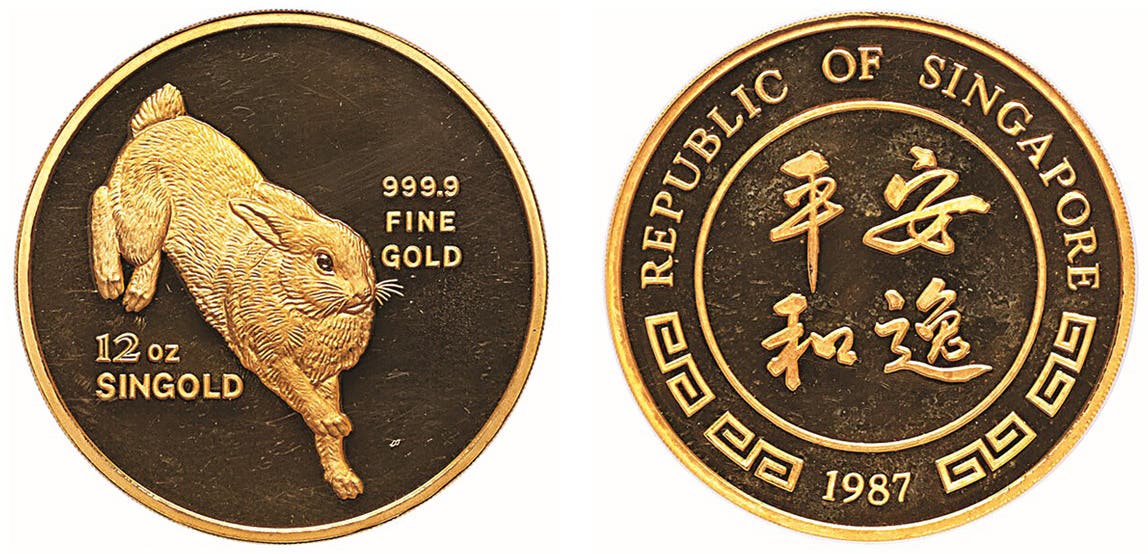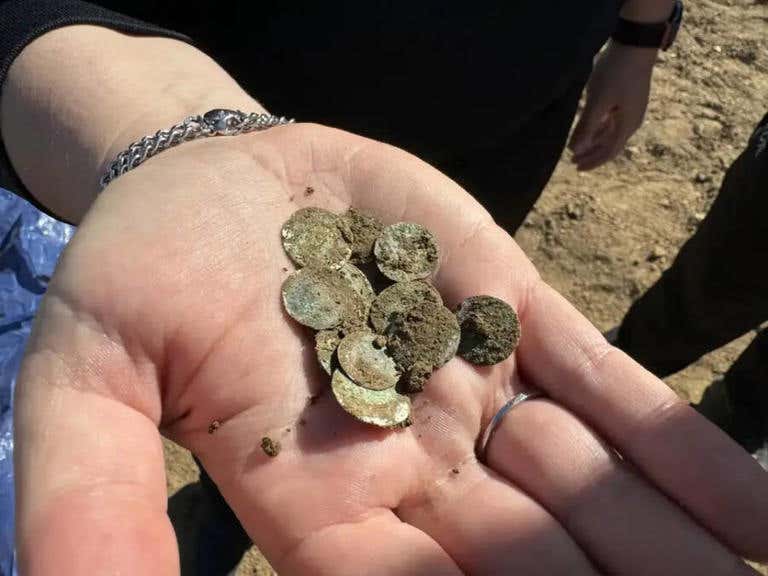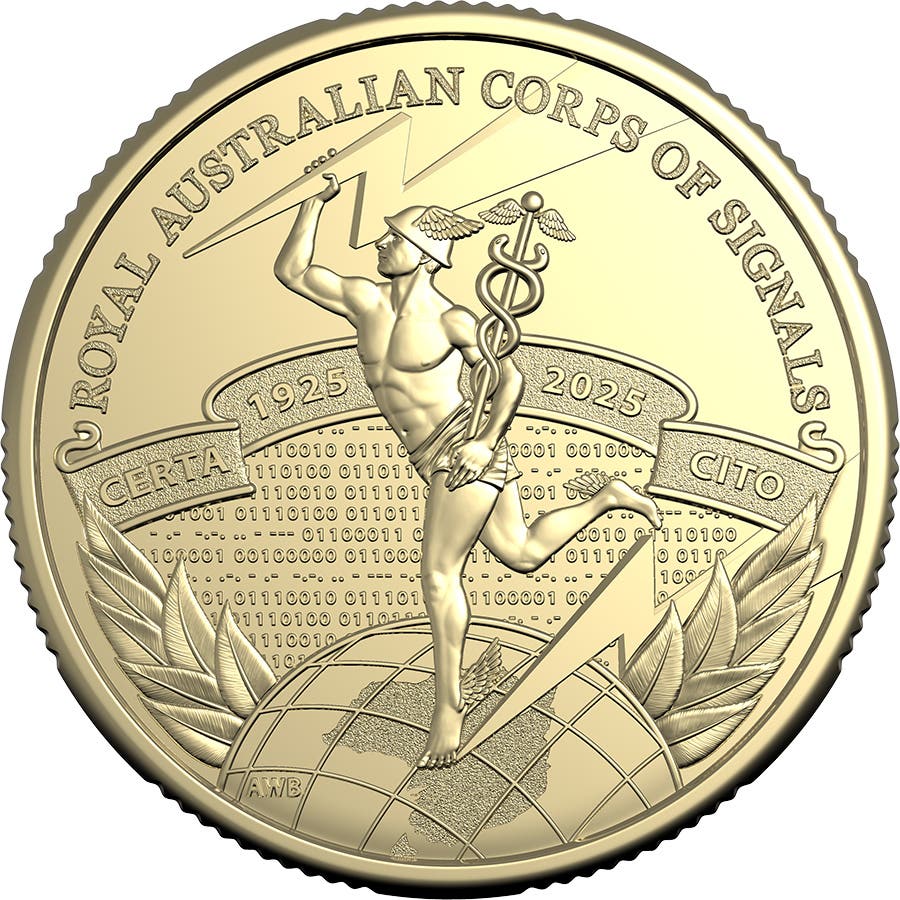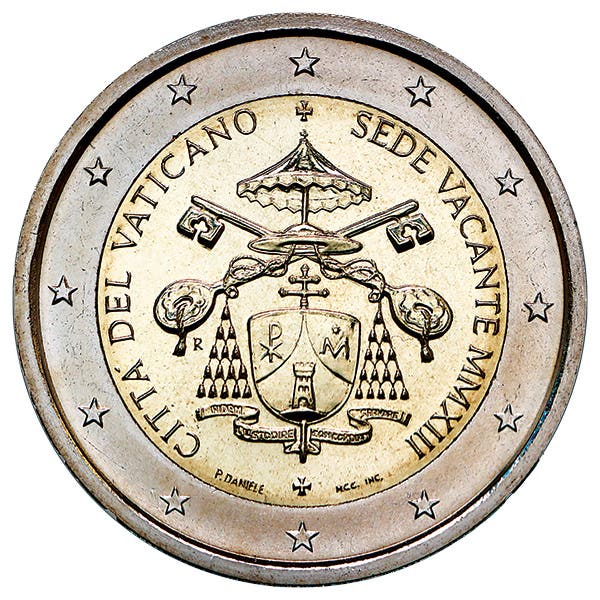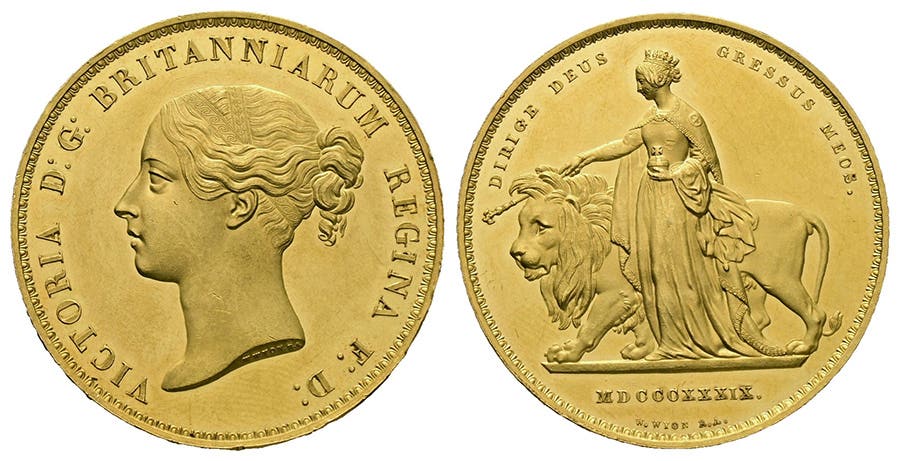Croatia Mint Sees Opportunity
Croatia joins European Union’s Eurozone creating opportunities for the Croatian mint.
The demise of Croatia’s sometimes controversial kuna denominated currency may prove to be profitable for the Croatian National Bank. Croatia’s conversion of its coins and bank notes to euros was finalized on January 15. Croatia had joined the European Union’s Eurozone officially on January 1, the 20th country to adapt the euro as its sole currency system.
As a result of the change in currencies the Hrvatska kovnica novca or Croatian Mint has become one of only seventeen accredited institutions allowed by the European Central Bank to produce euro coins. It is now possible that this mint could apply for tenders to create coins announced by other member states of the European Union.
Speaking on this subject during February, President of the Management Board of the Croatian Mint Damir Bolta said, “We’re entering a large market as a small country. Each country has different experiences. We hope that there will be some kind of need that will make it possible to finance the continued life of this factory.”
Bolta looked ahead, saying, “It was a challenge for us to show, in addition to making euro coins, that we’re capable of doing something more in other areas as well. So the idea was, why don’t we make the smallest coin, and so it was made. A happy solution for the motif is Hum in Istria, which has the status of the smallest city in the world.”
The mint is producing gold, silver, and collectible coins in addition to coins meant for circulation. Croatia’s latest Hum gold coin has a diameter of 2 millimeters, this allegedly being the smallest coin in the world.
The euro has replaced the kuna in Croatia. The name kuna means marten, which is an animal related to the mink whose pelts were traded as a form of primitive money in the region during the Middle Ages. The Independent State of Croatia was established in 1941 during World War Two. Kuna denominated currency replaced the Yugoslavian dinar in circulation during this period, which ended in 1945.
World War Two Era Croatia was a puppet state of Nazi Germany and Fascist Italy. The territory included not only what is today modern Croatia, but also included Bosnia and Herzegovina, parts of Serbia, and parts of Slovenia. World War Two Croatia was ruled by the fascist Ustaše regime, under whose direction genocide was committed against Jews, Roma, and Serbs.
Modern Croatia was born out of the fracturing of Yugoslavia at the time of the fall of communism during the early 1990s. Between 1991 and 1994 Croatia issued its own dinar denominated currency. This was replaced with the kuna currency, which was ironically pegged to the value of the German mark. The choice of the name kuna for the currency was controversial. The government argued the kuna was the same name used during the Banovina of Croatia and by the State Anti-Fascist Council for the National Liberation of Croatia.
A dispute between the Hrvatska Drzavna Banka or Central Bank of Croatia and the National Bank of Serbia erupted when in July 2021 Croatia announced inventor and futurist Nikola Tesla would appear on several Croatian euro coin denominations. Tesla was born in what today geographically is Croatia, however Tesla was of Serbian ethnicity. Croatian President Zoran Milanovic countered Serbia’s protests by proposing Serbia depict Tesla on their coins if Serbia joins the eurozone.
A competition was held in 2022 to determine the design for the “national” side of the soon to be Croatian 1-euro coin. The designer was to be awarded 70,000 kuna, or about €10,000 on February 6, but it was soon learned the winning design was plagiarized from an image published in National Geographic magazine by animal photographer Iain H. Leach. A different depiction of a martin has since been chosen.
The recently withdrawn Croatian kuna bank note was one of the least counterfeited bank notes in the world, with about 506 counterfeits detected in 2019, 506 in 2020, and 198 in 2021. Croatia’s currency began to be withdrawn in favor of the euro in September 2022. Kuna coins can be exchanged for euros through the end of 2025, while kuna bank notes will be able to be exchanged through Jan. 1, 2024. Prices are planned to be posted in both euros and kunas through the end of 2023.
Croatia’s new coinage consists of 1-, 2-, and 5-cent euro coins on which the national side features the initials HR in Glagolitic script, 10-, 20, and 50-cent euro depicting a portrait of Nikola Tesla, €1 on which a marten appears, and a €2 featuring a map of Croatia. The lettered edge of the €2 reads O liepa o draga o slatka slobodo (Oh beautiful, oh precious, oh sweet liberty) from the Hymn to Freedom.
Coins and bank notes are shipped from the CNB’s vault to eight cash centers around the country by trucks that are accompanied by special agents. Local banks are supplied from these centers.



